Longest-Range Passenger
Electric Rickshaw
With the increasing need for
sustainable transportation, electric vehicles have become a popular option for
people all around the world. One such vehicle that has gained popularity is the
electric rickshaw. In recent years, electric rickshaws have become a common
mode of transportation in many cities, especially in developing countries. In
this article, we will discuss the longest-range passenger electric rickshaw and
its benefits.
·
The need for sustainable transportation
·
The rise of electric vehicles
·
What is an electric rickshaw?
·
The advantages of electric rickshaws over
traditional ones
·
The limitations of electric rickshaws
·
Longest-range
electric rickshaw
·
Technical specifications of the longest-range electric
rickshaw
·
How does the longest-range electric rickshaw work?
·
Benefits of the longest-range electric rickshaw
·
Cost and maintenance of the longest-range electric
rickshaw
·
Environmental impact of the longest-range electric
rickshaw
·
Conclusion
·
FAQs
The Need for Sustainable Transportation
The transportation sector is one
of the largest contributors to global carbon emissions. This has led to an
increased focus on finding sustainable alternatives to traditional vehicles
that use fossil fuels. Electric vehicles are one such solution that has gained
traction in recent years. They offer an environmentally friendly alternative to
traditional vehicles and have a lower carbon footprint.
The Rise of Electric Vehicles
Electric vehicles have been around
for over a century, but their popularity has surged in recent years. This is
mainly due to advancements in battery technology and a push toward reducing
carbon emissions. Electric vehicles come in various forms, including cars,
buses, and rickshaws.
What Is an Electric Rickshaw?
An electric rickshaw, also known
as an e-rickshaw, is a three-wheeled vehicle that runs on electricity. It is
primarily used as a mode of transportation in urban areas and can accommodate
up to four passengers. E-rickshaws are popular in developing countries as they
are cost-effective and emit lower carbon emissions compared to traditional
rickshaws that run on gasoline or diesel.
The Advantages of Electric Rickshaws Over Traditional Ones
There are several advantages of
electric rickshaws over traditional ones. First and foremost, they have lower
operating costs as they run on electricity, which is cheaper than gasoline or
diesel. E-rickshaws also emit lower carbon emissions, making them more environmentally
friendly. Additionally, they are quieter than traditional rickshaws, making for
a more pleasant ride experience.
The Limitations of Electric Rickshaws
While electric rickshaws have many
advantages, they also have limitations. One significant limitation is their
range. Most electric rickshaws have a range of around 100-150 km on a single
charge, which may not be sufficient for long-distance travel. Additionally,
e-rickshaws have a lower top speed than traditional rickshaws, making them
unsuitable for highways and expressways.
Longest-Range Electric Rickshaw
The longest-range electric rickshaw is a
breakthrough in electric vehicle technology. It has been developed to address
the limitations of traditional e-rickshaws and offer a more viable solution for
long-distance travel. The longest-range electric rickshaw has a range of up to 220 km on a
single charge, making it suitable for longer journeys.
Technical Specifications of The Longest-Range Electric
Rickshaw
The longest-range electric rickshaw is equipped with
a 4-kW motor
and a 7.2 kWh lithium-ion battery. It has a top speed of 25 km/h and can carry
up to four passengers. The vehicle is designed with safety features such as
hydraulic brakes, a reverse camera, and a GPS tracker. It also has a
comfortable and spacious cabin with adjustable seats, air conditioning, and
ample legroom.
How Does the Longest-Range Electric
Rickshaw Work?
The longest-range electric rickshaw works by
converting electrical energy from the battery to mechanical energy through the
motor. The motor is connected to the rear wheels, which then drive the
rickshaw. The vehicle can be charged through a regular household socket, and it
takes approximately 6-8 hours for a full charge.
Benefits Of the Longest-Range Electric
Rickshaw
The longest-range electric rickshaw has several
benefits. Firstly, it can travel longer distances, making it suitable for
inter-city travel. This can open up new opportunities for people living in
rural areas who previously had limited access to transportation. Additionally,
the longest-range electric
rickshaw is more environmentally friendly than traditional rickshaws as it
emits zero emissions. It is also more cost-effective than gasoline or
diesel-powered vehicles as electricity is cheaper.
Cost And Maintenance of The Longest-Range Electric
Rickshaw
The cost of the longest-range electric
rickshaw varies depending on the manufacturer and model. However, it is
generally more expensive than traditional rickshaws due to the higher cost of
battery technology. The maintenance of the longest-range electric rickshaw is also
different from traditional rickshaws as it requires periodic battery checks and
replacement. However, the overall maintenance cost is lower as the vehicle has
fewer moving parts and does not require regular oil changes.
Environmental Impact of The Longest-Range Electric
Rickshaw
The longest-range electric rickshaw has a
significant positive impact on the environment. As it emits zero emissions, it
does not contribute to air pollution, which is a major health concern in many
cities. Additionally, as it runs on electricity, it reduces the dependence on
fossil fuels, which are finite resources. The use of electric rickshaws can
also lead to reduced traffic congestion, making cities more liveable.
Conclusion
The longest-range electric rickshaw is a
game-changer in the electric vehicle industry. It addresses the limitations of
traditional e-rickshaws and offers a more viable solution for long-distance
travel. The vehicle has several benefits, including lower operating costs, zero
emissions, and increased mobility. While the initial cost may be higher than
traditional rickshaws, the long-term benefits make it a more sustainable
option.
FAQs
What is the range of the longest-range electric
rickshaw?
The longest-range electric
rickshaw has a range of up to 220 km on a single charge.
How long does it take to charge
the longest-range
electric rickshaw?
It takes approximately 6-8 hours
to fully charge the longest-range electric rickshaw.
How many passengers can the longest-range electric
rickshaw accommodate?
The longest-range electric
rickshaw can accommodate up to four passengers.
Is the longest-range electric
rickshaw more expensive than traditional rickshaws?
Yes, the longest-range electric
rickshaw is generally more expensive than traditional rickshaws due to the
higher cost of battery technology.
What are the environmental
benefits of the longest-range
electric rickshaw?
The longest-range electric
rickshaw emits zero emissions and reduces the dependence on fossil fuels,
leading to a cleaner and healthier environment.






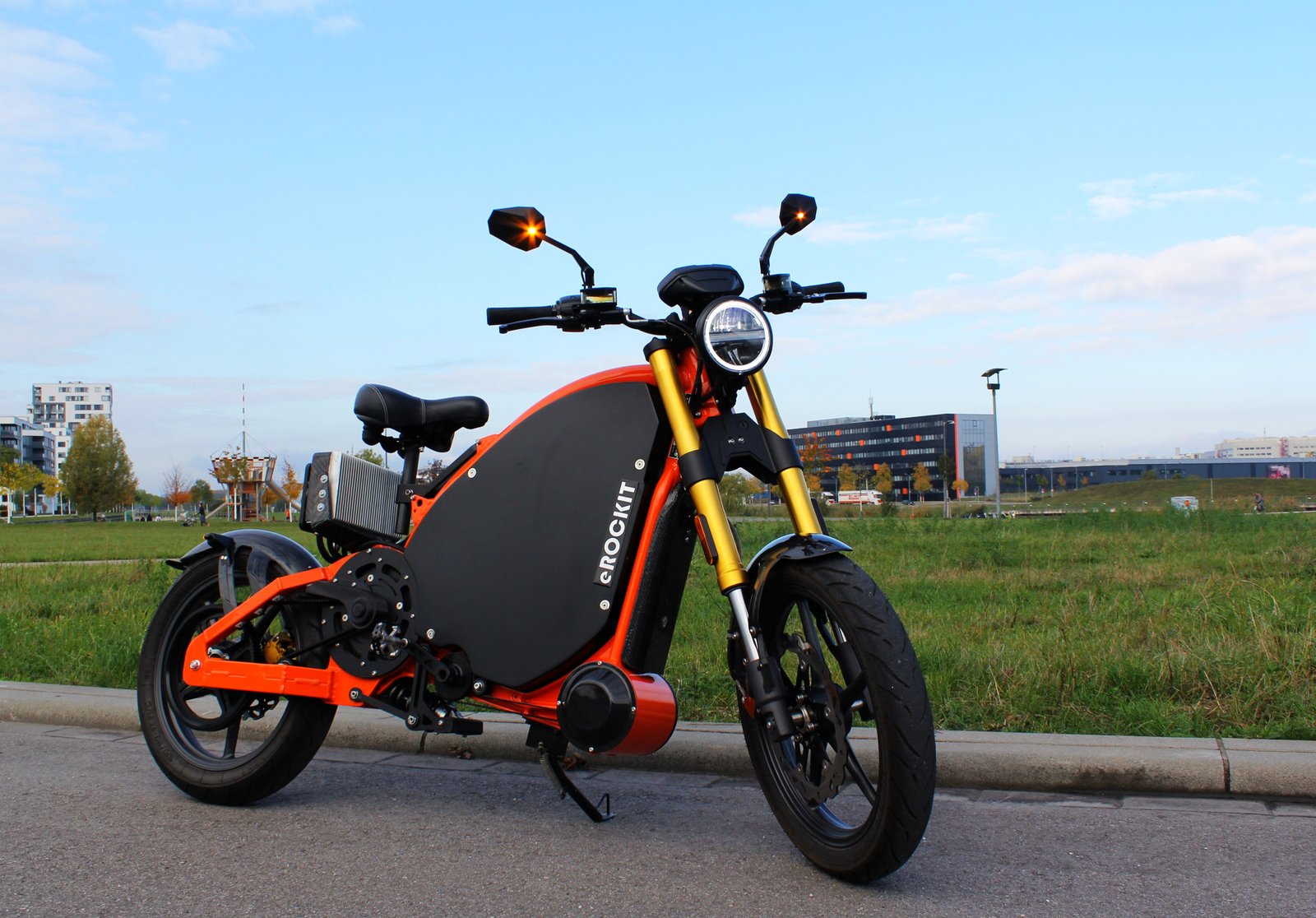

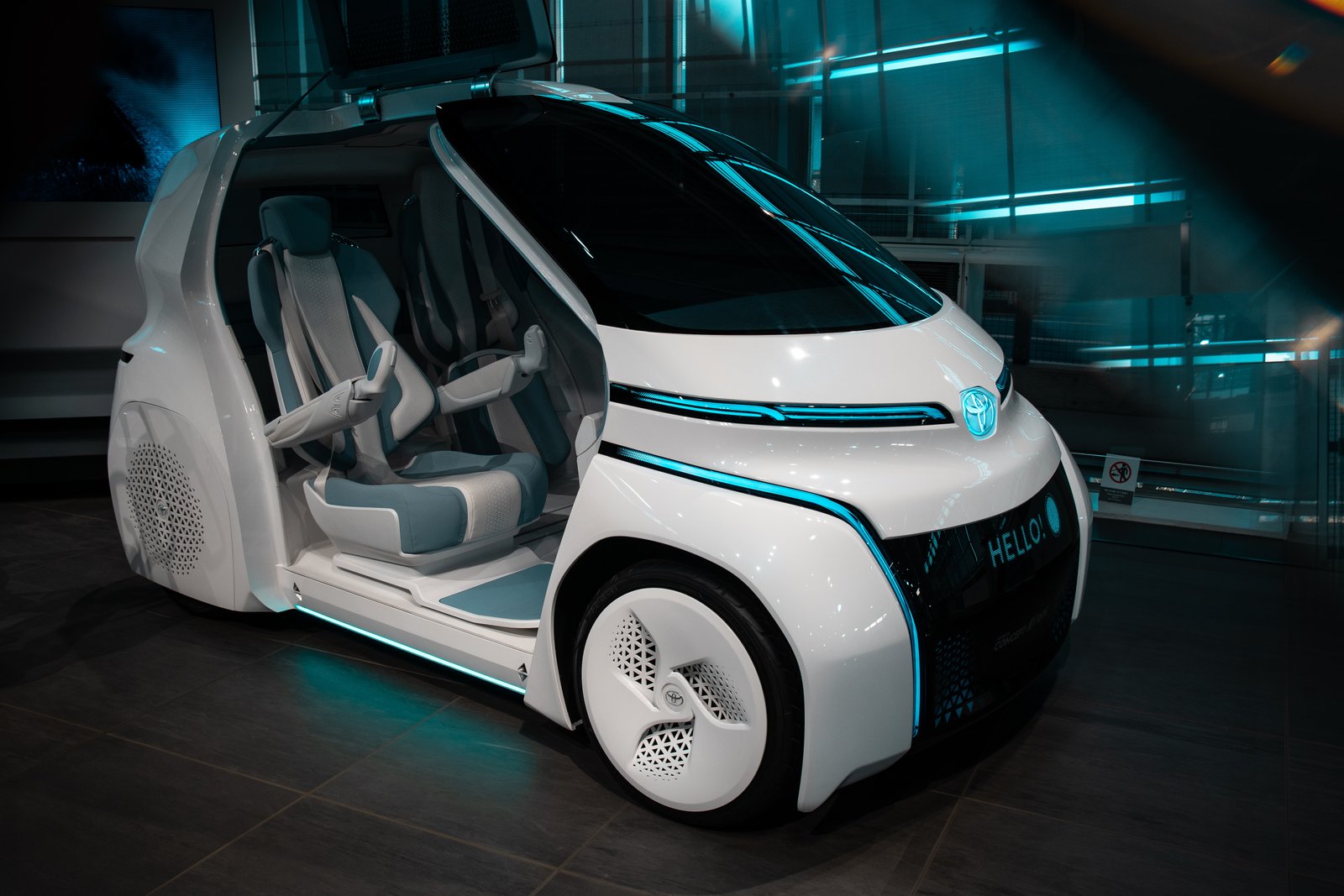

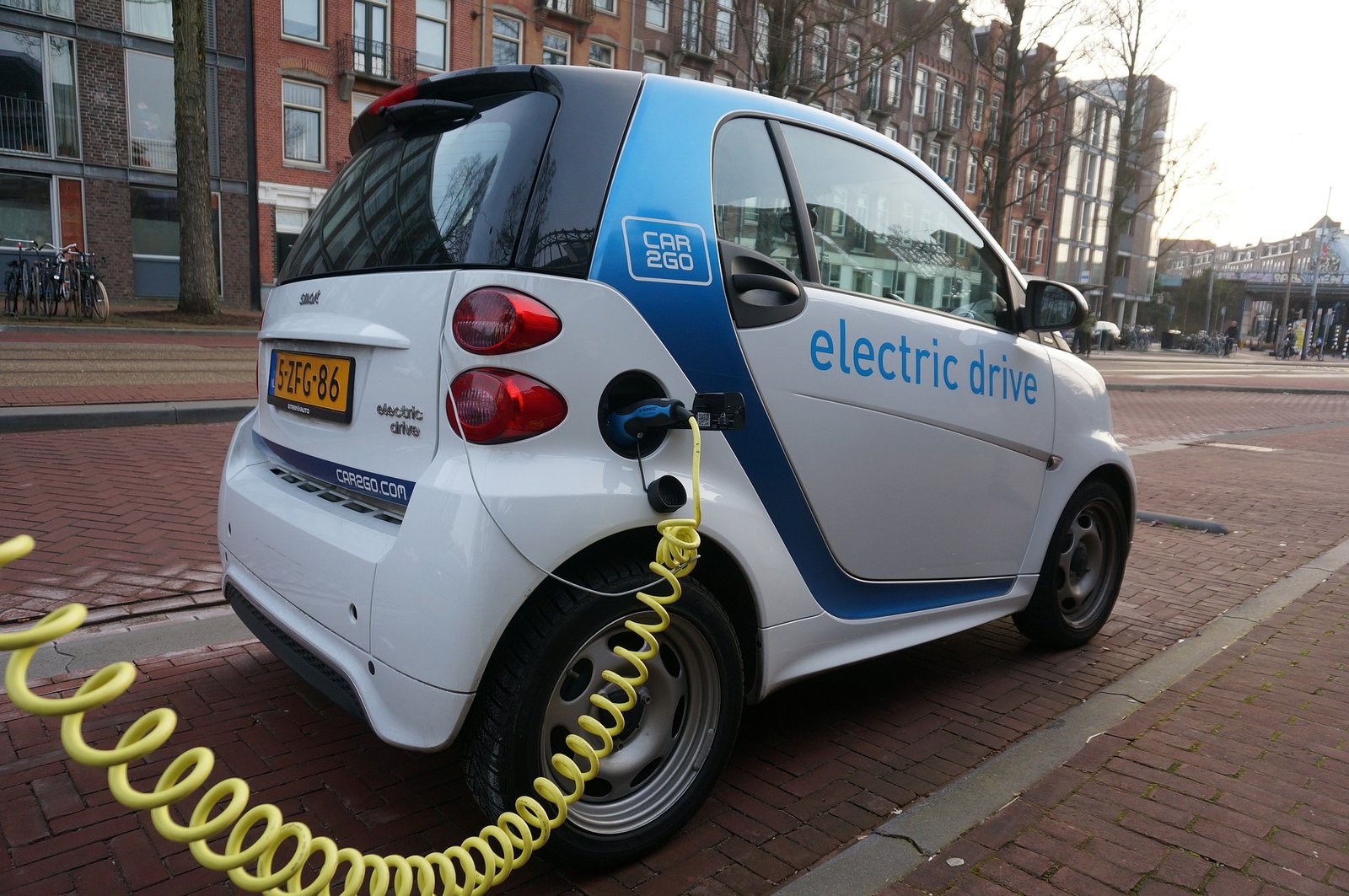

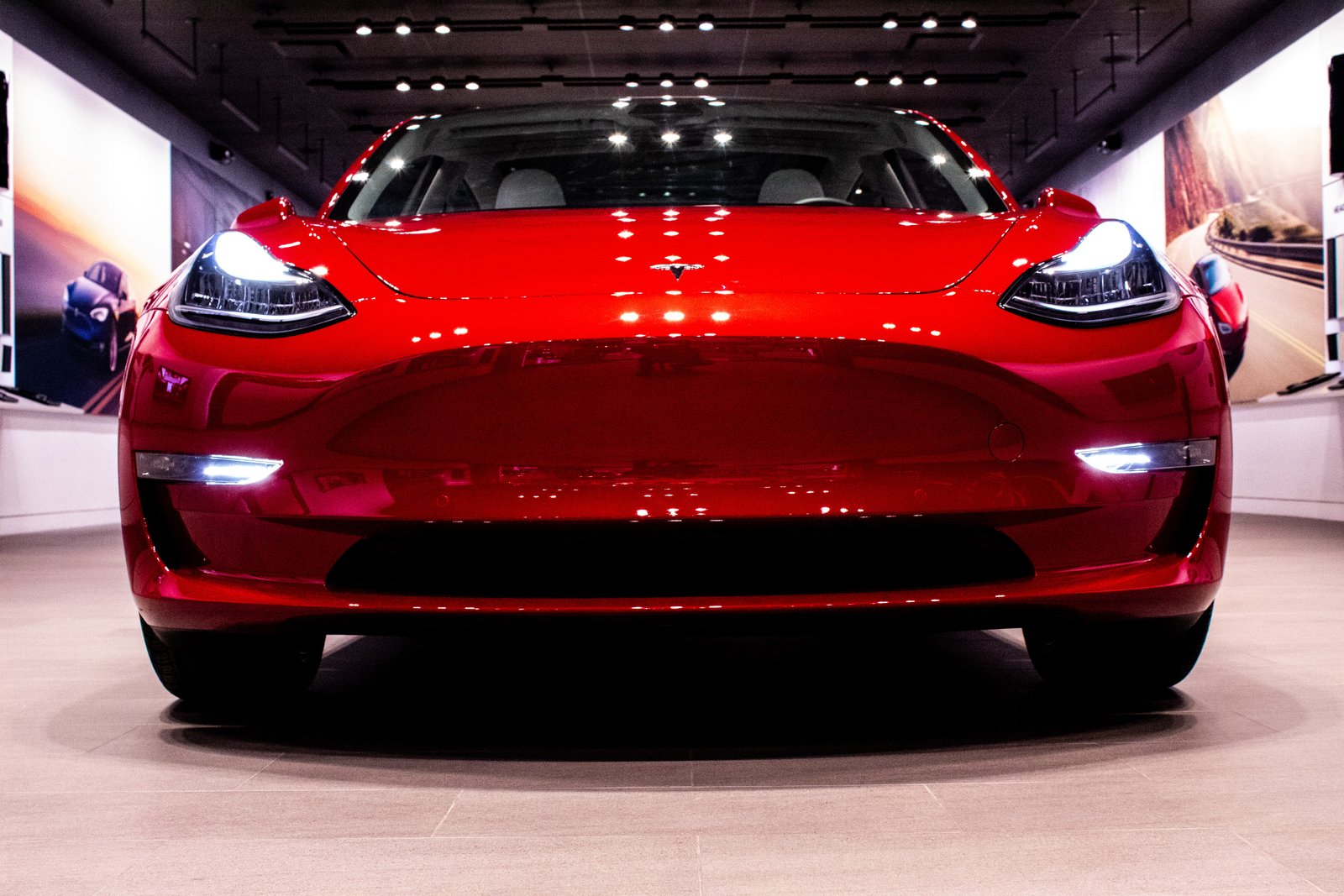
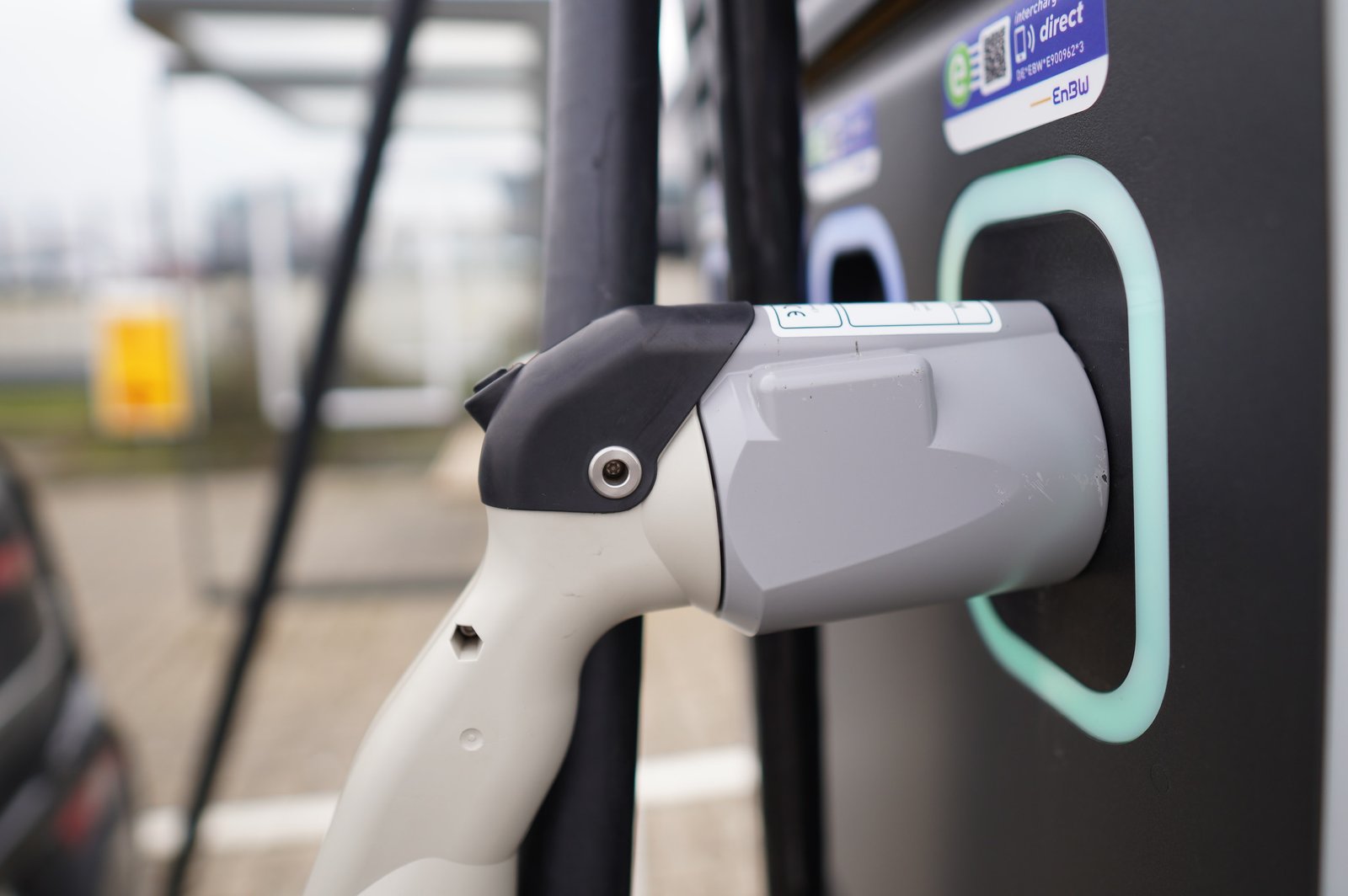
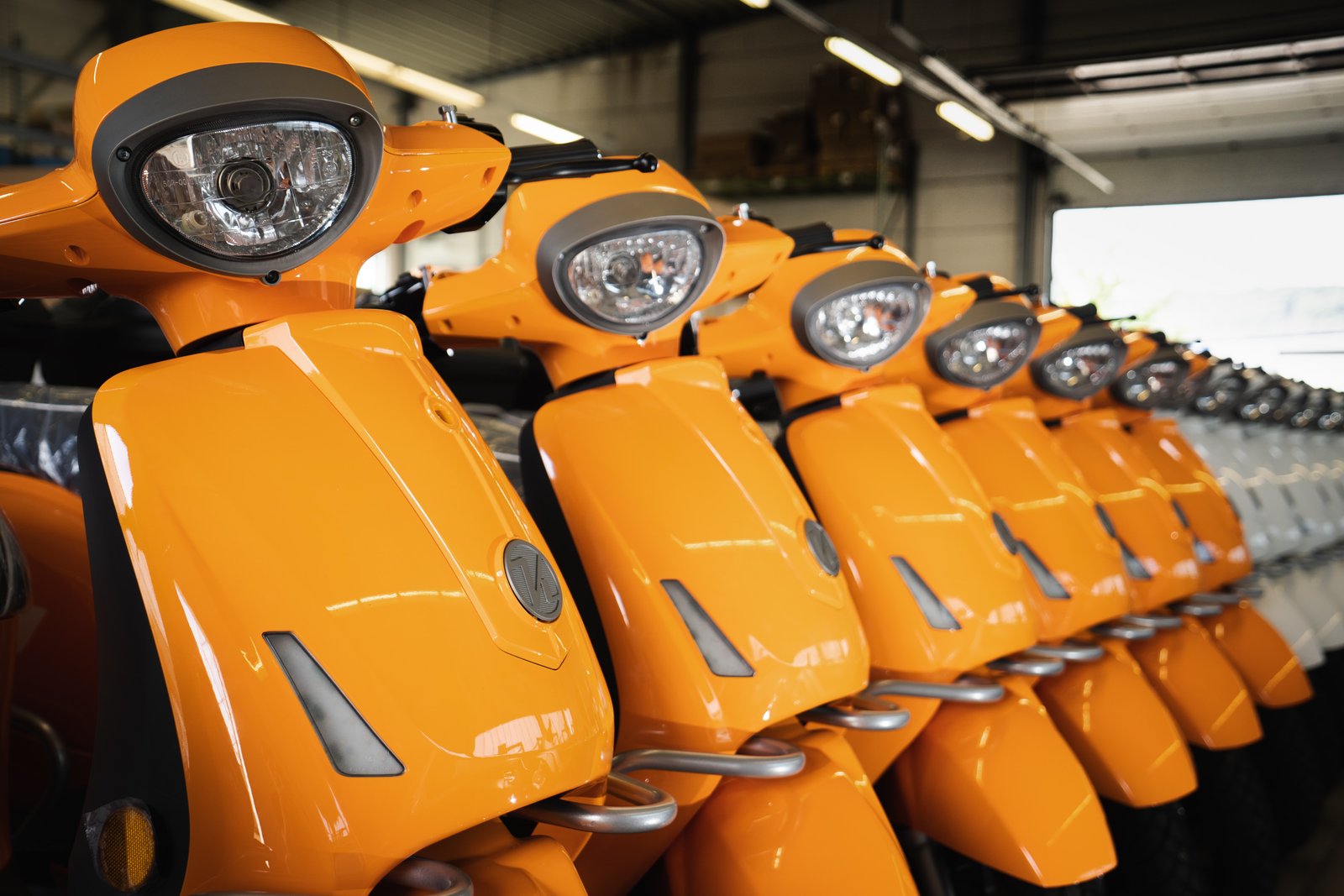


Leave a Comment